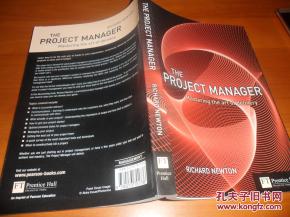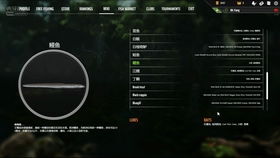Content:
Introduction: Fishing for carp, a species renowned for its size and fighting spirit, can be both an exhilarating and challenging endeavor. Among the various techniques employed to catch this majestic fish, in-water fishing stands out as a popular method. This article delves into the essential techniques for successful in-water fishing, specifically focusing on how to introduce bait effectively for catching carp, with a particular emphasis on utilizing techniques to hook into the elusive common carp, or "common."

Understanding the Carp's Habitat: Before diving into the intricacies of bait introduction, it's crucial to understand the habitat in which carp thrive. Carp are often found in slow-moving or still waters, such as lakes, ponds, and rivers with gentle currents. These fish are bottom feeders and are most active during the cooler parts of the day, particularly at dawn and dusk.
Choosing the Right Bait: The choice of bait is paramount in in-water fishing for carp. Common baits include boilies, corn, pellets, and bread. Each bait has its unique advantages and is best suited for different situations. For the purpose of this article, we will focus on boilies, which are highly effective for attracting and catching carp.
Preparation:
Selecting the Right Equipment: A sturdy, long rod with a sensitive tip is ideal for in-water fishing. The reel should be capable of handling the weight of the line, which can be heavy due to the resistance of the fish. A braided line is often recommended for its strength and sensitivity.
Rigging the Bait: The rig you choose will depend on the conditions and the type of bait. For boilies, a paternoster rig is often employed. This rig consists of a mainline, a sliding swivel, a lead, and a short leader. The leader is where the bait is attached, typically with a hair rig to prevent the bait from sliding off the hook.
Attaching the Bait: Cut a small hole in the boilie, insert the hook through it, and push it down to secure it in place. It's essential to leave enough of the hook exposed to ensure a good hook-up.
Introducing the Bait:
Cast with Precision: The first step in successful in-water fishing is to cast the bait accurately. Pay attention to the wind direction and strength to avoid spooking the fish. Aim for a spot with a clear, fishy look.
The "Rip" Technique: Once the bait is in the water, it's time to introduce it with the "rip" technique. This involves pulling the bait through the water at a steady pace, mimicking the natural movement of food items in the carp's environment.
Timing and Speed: The key to the rip technique is timing and speed. Too slow, and the bait may not attract the fish; too fast, and the fish may not have time to react. Experiment with different speeds and timings to find what works best in your particular situation.
Watch for Bites: Carp are known for their subtle bites. Pay close attention to any signs of interest, such as the bait being nudged or pulled away. A sudden change in the bait's position can indicate a bite.
Set the Hook: When you feel a bite, set the hook quickly and firmly. Carp can be quite strong, so it's essential to have the strength and patience to land the fish.
Conclusion: In-water fishing for carp requires patience, skill, and the right techniques. Mastering the art of bait introduction, particularly the "rip" technique, can significantly increase your chances of success. By understanding the carp's habitat, choosing the right bait, and employing the correct rig and timing, you'll be well on your way to becoming a proficient in-water carp angler. Remember, the key to success lies in the subtle nuances of the technique and the ability to adapt to the ever-changing conditions of the water. Happy fishing!












